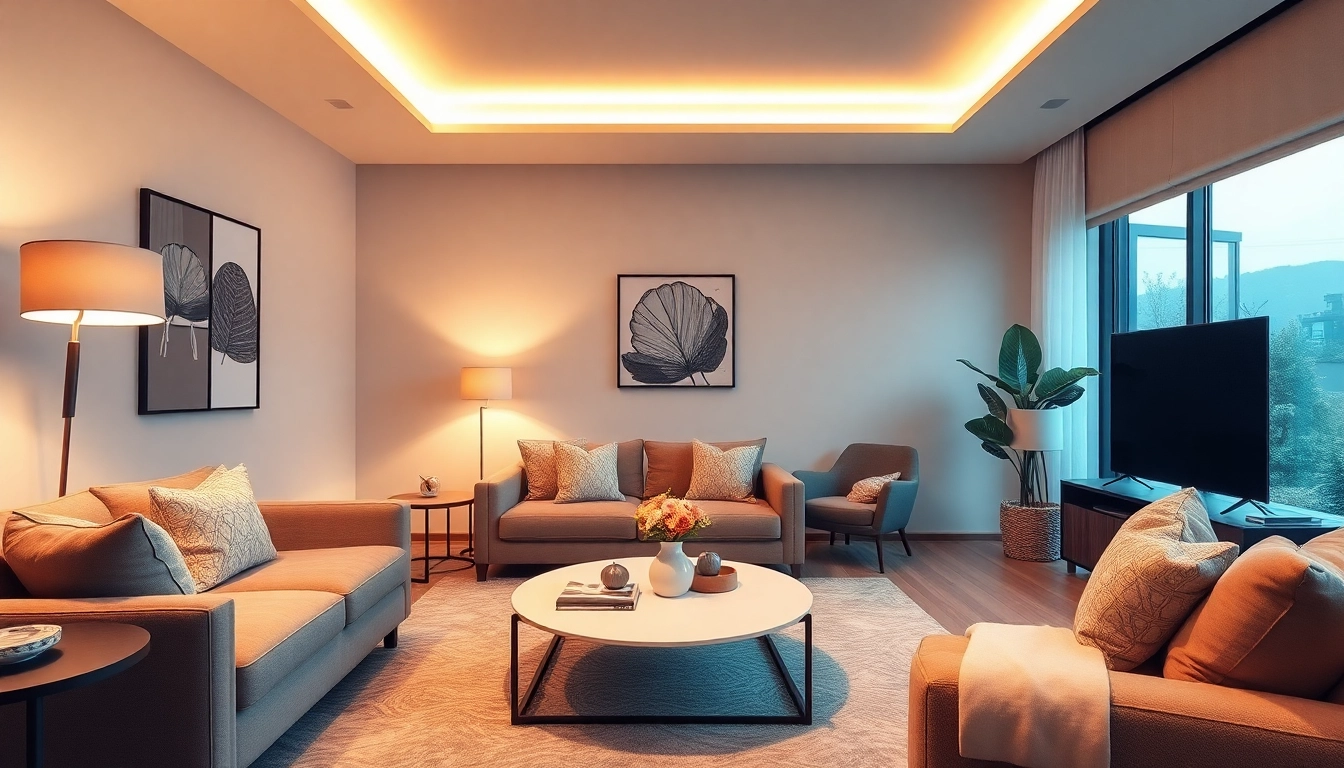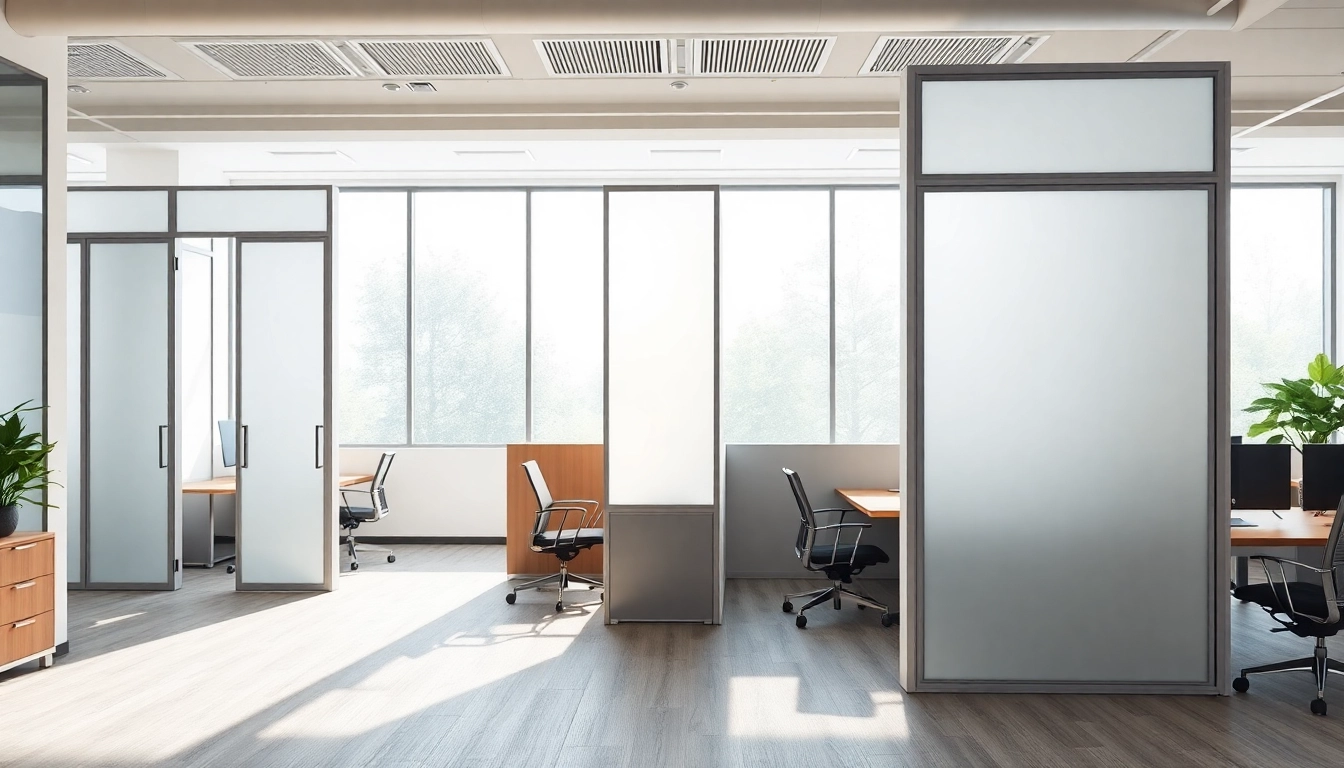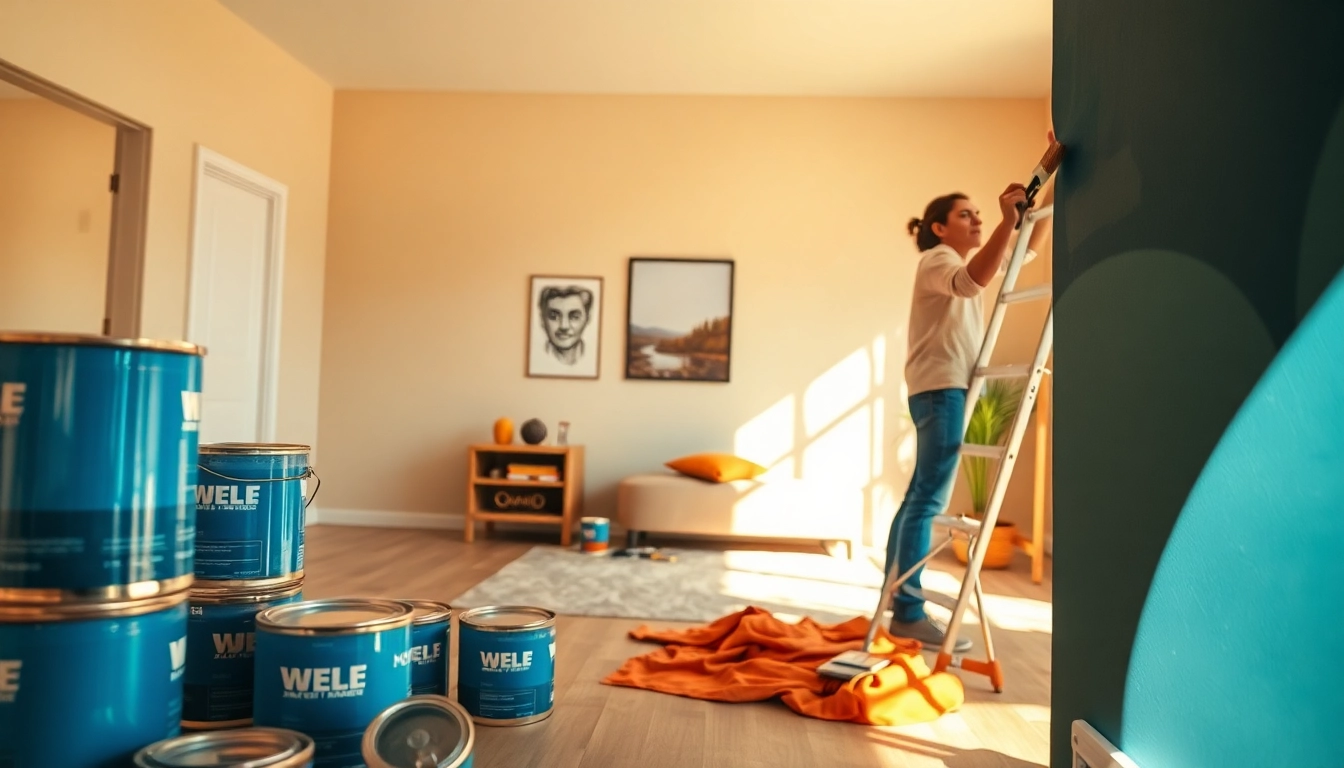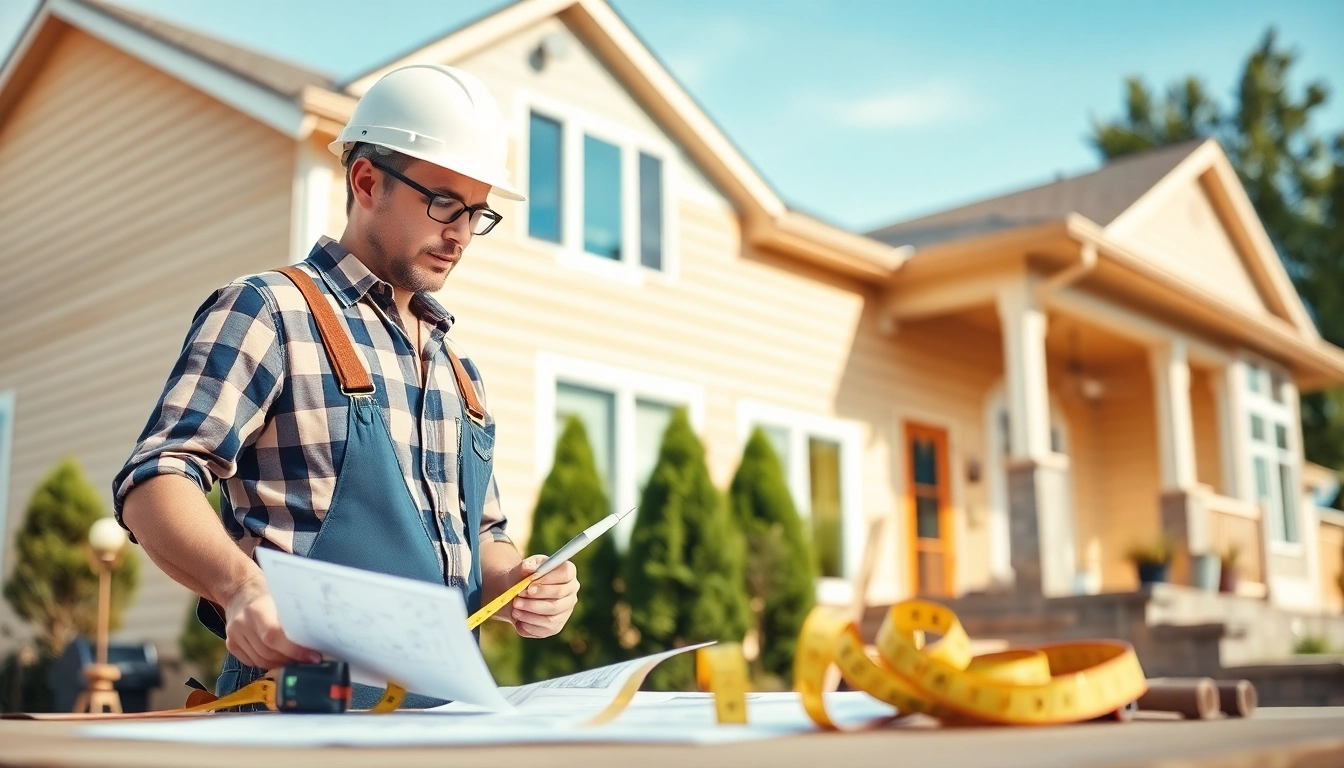Creating the Perfect Entire Interior: Tips for Cohesive Home Design
Understanding Entire Interior Design Essentials
Designing the entire interior of a home can seem like a daunting task, but it encompasses a series of well-defined steps and principles. Understanding these essentials helps homeowners and designers create cohesive and functional spaces that reflect personal style while maximizing comfort and utility. In this guide, we will delve into the core concepts of entire interior design, encompassing its key elements, common mistakes, and how to effectively plan and execute a well-designed interior.
What is Entire Interior Design?
Entire interior design refers to the holistic approach to decorating all areas of a home, ensuring that every space feels integrated and purposeful. Unlike room-specific design, entire interior design requires a strategic vision that considers how each room interacts with others. This includes the flow between spaces, color schemes, furniture selection, and overall themes that harmonize the environment.
Key Elements of a Cohesive Interior
To achieve a cohesive and appealing entire interior design, there are several critical elements to consider:
- Color Palette: Selecting a consistent color palette that can be carried throughout the home helps create a uniform look. This could include complementary colors and shared tones that connect the various spaces.
- Functional Layout: The arrangement of furniture and flow within each space should enhance usability. Consideration of how household members use each space is crucial in determining the best layout.
- Style Consistency: Defining a specific style—be it modern, traditional, rustic, or eclectic—enables a seamless blending of decor elements. Integrating accents and furniture that align with this style is key to visual harmony.
- Lighting: Proper lighting can dramatically affect the ambiance of a room. A mix of ambient, task, and accent lighting should be carefully considered to enhance both functionality and aesthetic appeal.
- Texture and Material Variety: Introducing different textures through fabrics, furnishings, and decorative elements can add depth and interest to an otherwise flat interior. Balancing hard and soft surfaces can create a welcoming environment.
Common Mistakes in Entire Interior Design
Even seasoned designers can fall prey to certain pitfalls when creating entire interiors. Here are a few to be mindful of:
- Neglecting a Unified Theme: Jumping from one style to another without a clear vision can lead to a disjointed look, so it’s essential to establish a central theme from the beginning.
- Overcrowding Spaces: A common mistake is filling every area with decor. Less can often be more—leaving some spaces open can enhance the overall flow and prevent clutter.
- Ignoring Functionality: Design should not only focus on aesthetics but also on how a space will be used. Failing to consider this can result in impractical or uncomfortable layouts.
- Inconsistent Color Schemes: While introducing different colors can be exciting, they should still relate to one another. A lack of cohesion in color can disrupt harmony between spaces.
- Neglecting Scale and Proportion: Choosing furniture that is too large or too small can affect not just aesthetics, but usability and comfort. Always consider the scale of furniture and decor items in relation to the room size.
Choosing the Right Color Schemes for Your Entire Interior
The color scheme is often the backbone of any interior design project. It sets the tone and can significantly impact the mood of a home. Here, we will explore the psychology of color, popular combinations, and effective ways to implement accent colors throughout your home.
The Psychology of Color in Home Interiors
Understanding how color influences mood is crucial in entire interior design. Different colors evoke different emotions; thus, they should be carefully chosen based on the room’s purpose and desired ambiance:
- Warm Colors (Red, Orange, Yellow): These colors tend to be energizing and inviting, making them great choices for social spaces like living rooms and dining areas.
- Cool Colors (Blue, Green, Purple): These colors generally create calm and tranquil feelings and are ideal for bedrooms or relaxation spaces.
- Neutrals (Beige, Gray, White): These hues provide balance and work as a backdrop that can make a space feel larger, cleaner, and more versatile.
- Accent colors: Strengthening the overall design, accents can be used sparingly to draw attention to certain areas, furniture, or decor.
Top Color Combinations for the Entire Home
Here are some popular color combinations that can be implemented throughout the entire home:
- White and Earth Tones: A timeless option that creates warmth while being versatile enough to work with various styles.
- Soft Gray and Navy Blue: A chic and sophisticated palette that pairs beautifully with metallic accents.
- Muted Greens and Creams: This combination brings a sense of nature indoors, often creating a calming atmosphere.
- Blush and Charcoal: A modern and stylish pairing that adds elegance and depth without overwhelming a space.
- Mustard Yellow and Teal: A bold combo that offers vibrancy, ideal for eclectic interiors or as accent shades in more neutral rooms.
Implementing Accent Colors Effectively
Accent colors are used effectively to create interest and focal points within the room. Here are effective strategies for implementing them:
- Choose Strategic Elements: Use accent colors on items like cushions, curtains, or artwork to prevent over-saturation in your design.
- Balance is Key: Ensure that there are at least three instances of an accent color within a room. This will help the color feel intentional.
- Contrast and Complement: Make sure that the accent color contrasts with or complements the main color scheme to maintain harmony.
- Limit the Use: Too many bright accents can detract from the primary color scheme; aim for a limited palette for better cohesiveness throughout your entire interior.
Furnishing Your Entire Interior with Style
Furnishing is one of the most tangible aspects of interior design. How you select and arrange furniture plays a significant role in the aesthetics and functionality of the space.
Selecting Functional and Aesthetic Furniture
When selecting furniture, it is crucial to balance aesthetics with function. Consider the following when choosing pieces for your entire interior:
- Needs Assessment: Identify the primary functions required for each room. Is it a space for relaxation, work, or hosting guests? Your furniture should cater to these needs.
- Style Consistency: Ensure that furniture aligns with the overall design style of your home. Mixing styles can lead to confusion in design.
- Quality Over Quantity: Invest in fewer high-quality pieces rather than numerous low-quality items. Durable furniture will save costs in the long run.
- Consider Storage Solutions: Look for furniture that offers multi-functionality, such as ottomans with storage or coffee tables with drawers. This can help maximize space.
Arranging Furniture for Flow and Balance
Once you have selected your furniture, the next step is arranging it for optimal flow and balance:
- Create Conversation Areas: Ensure that seating is close enough to encourage conversation but not so close that it feels cramped. Group furniture to facilitate interaction.
- Utilize Traffic Patterns: Leave enough space between furniture items to allow for easy movement throughout the room. Aim for clear pathways, ideally 2-3 feet wide.
- Focal Points: Identify natural focal points in the room, such as a fireplace or a large window, and arrange furniture to highlight these features.
- Visual Balance: Balance larger pieces of furniture with lighter or smaller items throughout the room to create a well-rounded appearance.
Incorporating Accessories to Enhance Design
Accessories offer an opportunity to infuse personality and detail into your interior. Here’s how you can effectively use them:
- Layering Textures: Introduce varying textures with throws, pillows, rugs, and decorative objects to enrich the design visually and tactically.
- Personal Touches: Incorporate items that reflect personal history or taste, such as family photos, travel souvenirs, or unique art pieces.
- Balance Art and Furniture: Ensure that the accessories complement rather than compete with your furniture. Choose artwork that reflects or matches your color palette.
- Updating Seasons: Change out accessories with the seasons to keep your design feeling fresh and in tune with the environment.
Strategic Lighting for an Entire Interior
Lighting can dramatically transform the overall feel of your entire interior. It not only enhances aesthetics but also affects mood and functionality. Understanding and implementing different types of lighting, placement tips, and energy-efficient solutions are vital for a successful design.
Types of Lighting: Ambient, Task, and Accent
Lighting is generally divided into three main types, each serving a unique purpose:
- Ambient Lighting: This is the primary source of light in a room, often provided by ceiling fixtures, chandeliers, or natural light from windows. It creates a uniform glow essential for navigating the space.
- Task Lighting: Specific lighting directed at work areas, such as desks or kitchen counters, is crucial for functionality. Desk lamps, under-cabinet lighting, and reading lights are excellent task lighting options.
- Accent Lighting: Used to highlight certain features or artworks within the space. It draws attention to decorative elements and adds visual interest, typically achieved with wall sconces or spotlights.
Placement Tips for Optimal Lighting
Where and how you position your lighting fixtures can significantly affect the functionality and feel of a room:
- Create Layers: Combine ambient, task, and accent lighting to ensure the space works for all activities and is visually appealing.
- Consider Scale: Choose fixtures that are appropriately sized for the room to avoid overpowering or underwhelming the space.
- Install Dimmers: Dimmers give you control over lighting intensity, adapting to both functional needs and ambiance.
- Focus on Corners: Adding light to corners can expand the visible space and eliminate dark spots, making rooms feel larger and more welcoming.
Energy-Efficient Lighting Solutions
Incorporating energy-efficient lighting can save money and reduce environmental impact:
- LED Bulbs: Opt for LED bulbs which consume less energy and have a longer lifespan than traditional options.
- Natural Light Maximization: Arrange mirrors and furniture to maximize natural light during the day; consider light-colored window treatments that allow sunlight to filter in pleasantly.
- Smart Lighting Solutions: Incorporate smart bulbs or systems that can be programmed to turn on/off automatically or be controlled remotely for convenience.
- Fixture Selection: Choose light fixtures designed for energy efficiency, such as those that comply with Energy Star qualifications.
Planning and Executing Your Entire Interior Project
Strategic planning is essential for executing a successful entire interior design project. From budgeting to hiring professionals or taking on a DIY approach, every detail plays a role in achieving your goals.
Budgeting and Timeline Management
Creating a budget is critical to avoid overspending and ensure that all elements of your design are feasible:
- Define Your Budget: Assess your financial resources and set a realistic budget considering all areas, including materials, labor, and furnishings.
- Prioritize Expenses: Allocate funds for essential elements first, such as structural changes and lighting. Extras like decorative items can be added later.
- Create a Timeline: Developing a step-by-step timeline can help you track the progress of your project and make adjustments as needed to stay on schedule.
- Contingency Planning: Always have a buffer in your budget for unexpected costs that may arise during the project.
Hiring Professionals vs. DIY
Deciding whether to hire professionals or tackle the project yourself depends on several factors:
- Assess Skill Levels: If you have experience in design or renovations, DIY may be worthwhile. For larger projects, hiring an interior designer or contractor can save time and ensure quality.
- Time Considerations: If you’re on a tight timeline, a professional may expedite the process, while DIY may require more time but allow for flexibility.
- Budget Constraints: Hiring professionals can increase overall costs; consider whether the added expense aligns with your budget.
- Project Complexity: Complex jobs such as electrical or plumbing work should typically be handled by licensed professionals for safety and compliance with regulations.
Measuring Success: Post-Implementation Reviews
Once your entire interior project is complete, it’s important to review the results to assess success:
- Gather Feedback: Invite family and friends to share their impressions of the space. Their insights can provide valuable perspectives.
- Reflect on Functionality: Evaluate whether the space meets your daily needs and if it enhances comfort in your home.
- Make Adjustments: Be open to making tweaks in furniture layout or decor pieces based on performance and practical use.
- Document Success Stories: Take photos or write notes about what worked well; this will serve as a great reference for future renovations or designs.














Post Comment